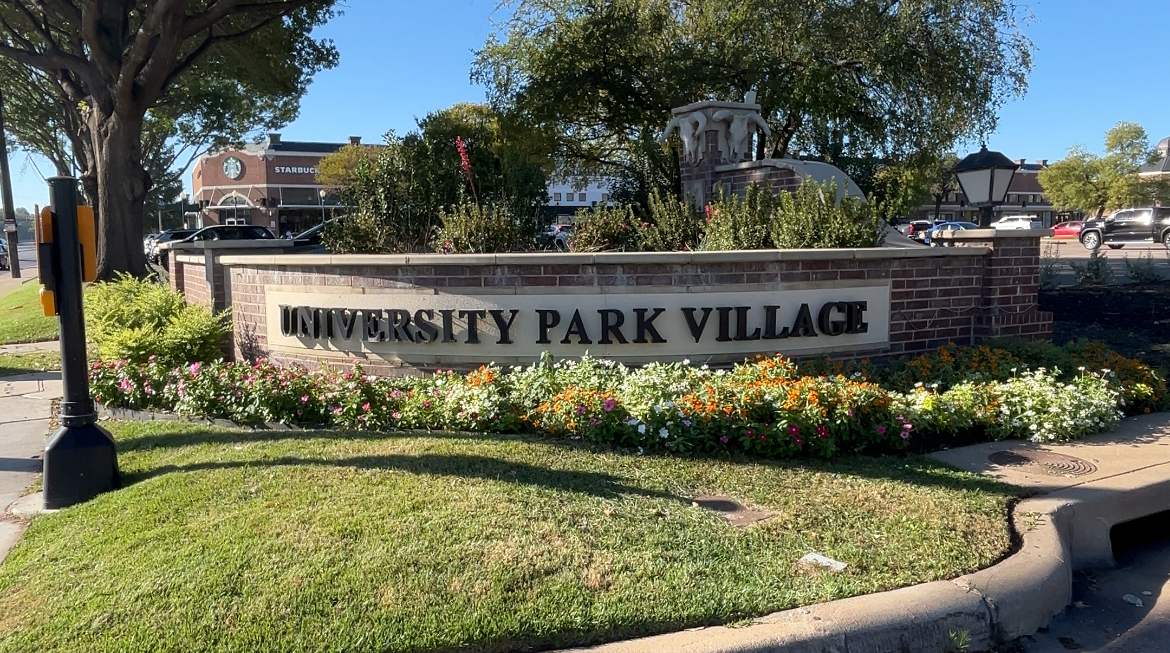At the 109’s McLean Middle School the most instances of bullying don’t go on in the halls or on the school grounds on the streets.
McLean counselor Sandra Neeson says today’s bullying is often found in cyberspace – on Facebook, in emails, and in phone texting.
“It’s more verbal abuse, not as much physical,” Neeson said.
Neeson said students have failed to realize what exactly constitutes as bullying, or what she calls harassment.
“Some do not realize even writing a mean note is harassment,” she said.
Olewus, a bullying prevention program named for the author of a popular book on bullying,, reported that there are nine areas of the Texas state education code that specify requirements to assess bullying.
According to another study by Cyberbullying Research Center, more than 20 percent of students in 37 schools polled in 2010 reported being victims of cyberbullying.
That number was down from more than 40 percent in 2004, but the study showed that the type of bullying shifted from classroom bullying to cyberbullying.
Another Cyberbullying Research Center study measured the percentage bullying offenders in those same 37 schools and showed than 19 percent admitted to bullying, which was up from 11.5 percent the previous year.
Neeson has noticed comparable occurrences at McLean.
She said students are afraid to tell on those who have bullied them in school, many times, for fear of getting the bullies in trouble. But, she said, she is working to improve that communication by establishing an open-door policy.
“[The students] are assured strict confidentiality, so there are students not just telling what happened to them, but what they’re observing,” she said.
Neeson said she also encourages students to contact her personal email address to discuss bullying that happened to them or to others.
And that format is working, she said.
“Eight out of 10 times, [open communication] works well,” she said. “We’re saying, ‘Let’s not get in trouble, let’s be a better person.’”
Even when that tactic does not work, Neeson said, she will not contact the students’ parents without first informing the students.
“My job is not to get anybody in trouble,” she said. “We’re not wanting to capture or punish bullies. What does good is if we can change their heart.”
When it comes to assessing bullying, Neeson said, she does not take any case lightly.
“If you have one child being harassed, that’s one too many,” she said.
From her experience, Neeson said, bullying takes place because of pent-up frustration or anger from circumstances in the home.
There have been a few cases of racial and lifestyle prejudices at the school, she said, which, due to recent cases on a national level, she does not tolerate.
She said she usually approaches the students’ parents in those situations, which helps the family unit as a whole.
Part of Neeson’s approach to combat bullying is highlighted by a five-topic program she utilizes at McLean titled, “It’s Not Okay.” The five topics cover reporting bullying, hurtful words, bad language, gossip and dealing with both bully victimization and offenses.
Neeson has even created signs that address the issue of bullying based on race or lifestyle. She places these signs around school and when the issues come up, she asks students if they learned those feelings from their parents.
“Appealing to the family seems to affect the children the most,” she said. “This is why I try to tell teachers and students to describe bullying in different ways.”
From her research, Neeson said, she found that bullying cannot be improved in schools without full participation from staff who have a desire to see a change.
Furthermore, staff, too need to understand what bullying is.
“[Bullying] can even be having a conversation that makes you feel uncomfortable,” she said. “By [understanding that] they’re getting a bigger a bigger definition of bullying.”
Many times, Neeson said, bullying is represented by “a big, mean, imposing figure,” which suggests that bullying is only physical.
Nowadays, she said, most bullying takes place on a psychological level.
“I’m concerned that our children aren’t being taught coping skills,” she said. “There’s a perception that if everybody’s nice they will be OK, but when someone is mean, it’s a free fall.”
Neeson attributes this lack of ability to cope is the recent tragedies surrounding bullying.
In fact, she said, there was a case in which an orphaned student who recently started attending the school who was being bullied to the point of debasement. She said she believes the communication strategies she uses in her program gave the student hope.
And, many times, Neeson said she finds a difference in the type of bullying that takes place between genders. Boys are more prone to name-calling and girls are more prone to exclusion and isolation.
The recent cases of suicide caused by bullying do not need to be the norm, though, Neeson said. They should be the exception.
“Because of all the publicity, [bullying] has been blown up…drama has been added,” she said.
She wishes the media would focus less on the problem and more on a solution to the problem.
“It takes a lot of time [to address bullying] because you have to investigate all of the allegations to make sure it’s true,” Neeson said. “But discussion is so much better because it changes behavior and heart.”
At the end of the day, Neeson said, bullying must be addressed early and often nowadays, especially with the increase of Internet activity.
“Only 10 kids [being bullied] is 10 too many,” she said. “That’s somebody’s child — that’s somebody’s feelings.”
Fort Worth ISD has a policy on bullying that can be found on the district’s website.



